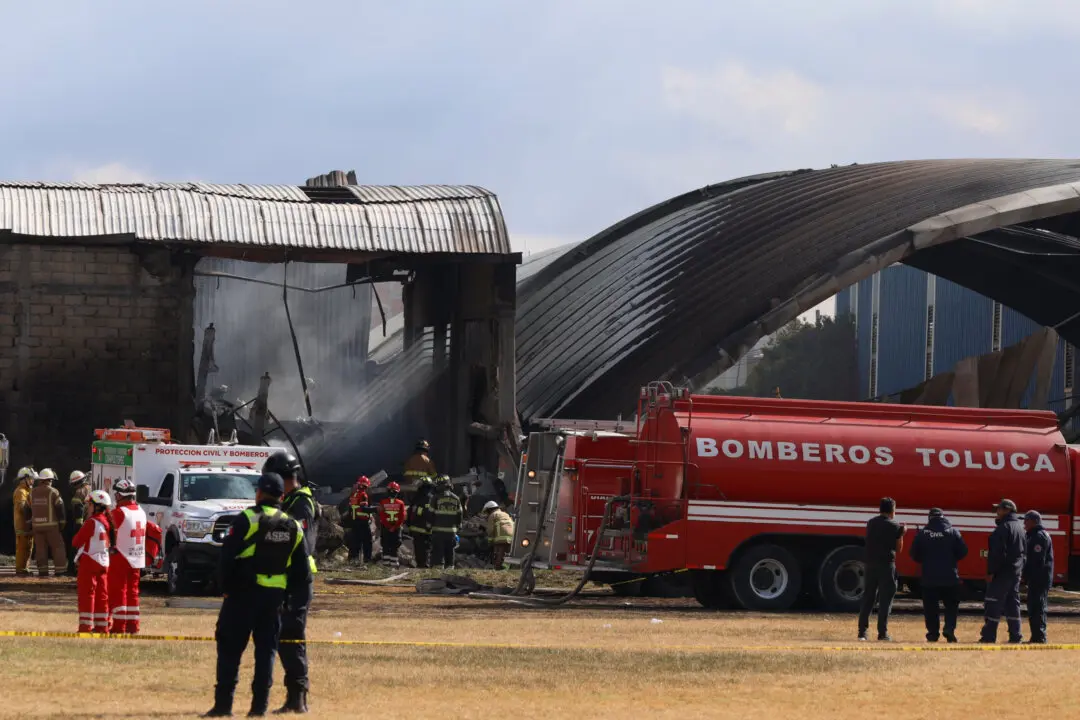MEMPHIS, Tennessee—Dozens of FedEx jets queue up for takeoff at the airport here. Beale Street, the heart of the music district, hums with tourists. Yet the empty storefronts in Memphis’ moribund downtown and the cash-advance shops strewn near its highways tell another story.
It’s a tale of two cities, all in one place. And it’s a tale of two Americas: the one that national averages indicate has all but recovered from the Great Recession and the one lost in the statistics.
The pattern is evident in cities and towns across America, from Memphis to Colorado Springs, Colorado, from Wichita to Jacksonville: The national numbers aren’t capturing the experience of many typical people in typical communities.
A key reason is that pay and wealth are flowing disproportionately to the rich, skewing the data used to measure economic health—and producing an economy on paper that most Americans don’t recognize in their own lives. That disconnect has fueled much of the frustration and anxiety that have propelled the insurgent presidential campaigns of Donald Trump and Bernie Sanders.
Again and again, primary voters who were most worried about the economy told exit pollsters that they had cast their ballots for Trump or Sanders, according to Edison Research, which conducted the surveys on behalf of The Associated Press and television networks.





